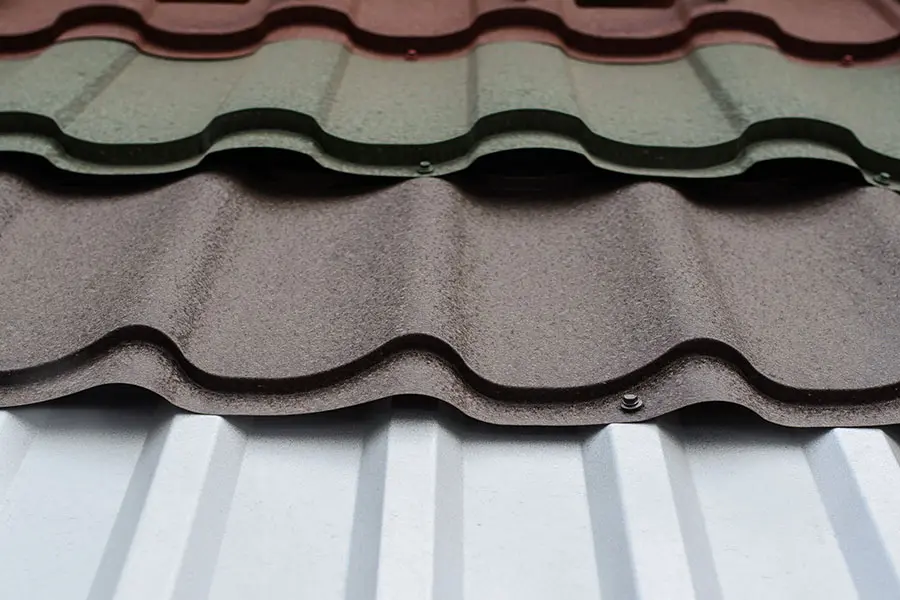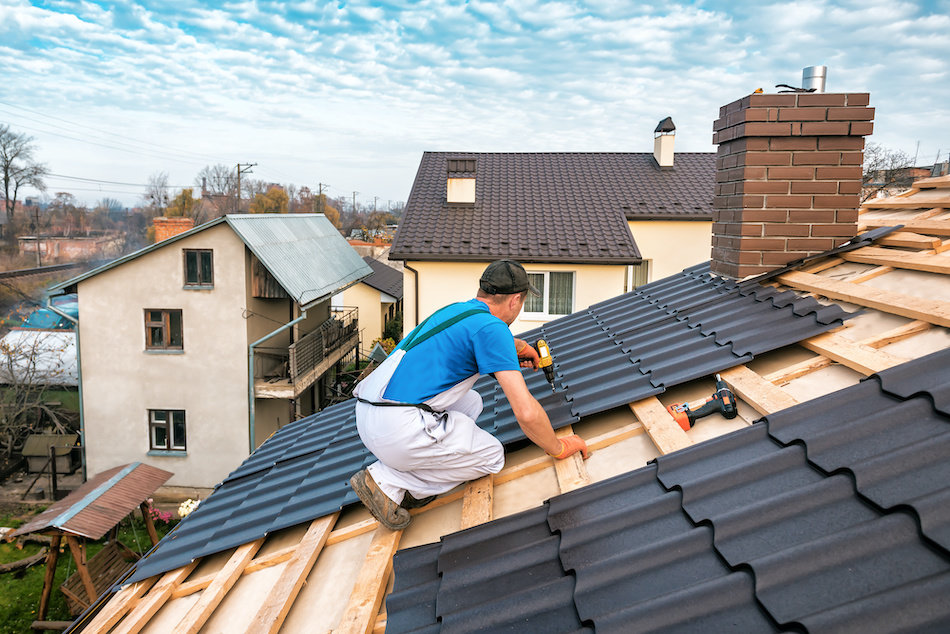Comparing Prices Among Roofing Companies in Gainesville Florida
Comparing Prices Among Roofing Companies in Gainesville Florida
Blog Article
Ideal Practices for Ensuring Appropriate Roof Ventilation
A well balanced intake and exhaust air vent proportion, frequently 1:300, plays a pivotal duty, with intake vents preferably positioned at the reduced edge of the roof for amazing air access and exhaust vents at the peak for cozy air exit. Keeping insulation away from vents is essential to prevent air flow constraint.
Understand Ventilation Essentials
Correctly comprehending air flow basics is necessary for ensuring the long life and effectiveness of roof. Effective ventilation reduces wetness accumulation and temperature extremes in the attic, both of which can result in considerable structural damage in time. A well-ventilated roofing system helps in avoiding typical issues such as mold and mildew development, timber rot, and ice dams, which can endanger the integrity of the roof materials and the underlying structures.
The key objective of air flow is to help with the motion of air, permitting a consistent exchange in between the outside and interior settings. This equilibrium is achieved via a combination of consumption and exhaust vents that interact to maintain optimal airflow. Intake vents, generally located along the eaves or soffits, permit fresh air to get in the attic room area, while exhaust vents, commonly positioned at or near the roofing system ridge, allow hot, humid air to leave.
Key variables affecting the performance of roof covering air flow include correct positioning, adequate sizing, and making sure that both intake and exhaust vents are unblocked. Routine evaluation and maintenance are vital to identify possible obstructions, damages, or ineffectiveness in the ventilation system, therefore safeguarding the roof covering's efficiency and sturdiness.
Sorts Of Roofing Vents
Roof vents play a critical role in maintaining reliable attic ventilation and, by expansion, the general wellness of the roofing system. Different types of roofing vents are available, each with unique advantages tailored to particular roof requirements.

Soffit vents are mounted under the eaves and work in tandem with roofing vents to make sure a balanced consumption and exhaust system. By enabling cooler air to get in from below, soffit vents help with the expulsion of warm air through upper vents. Gable vents, situated on the exterior wall surfaces of the attic room, deal one more efficient option, particularly in homes with gable roofings.
Evaluate Your Current Air Flow

Following, consider the age and problem of your roof materials and air flow elements. Older systems might not follow current building ordinance or may have deteriorated gradually, decreasing their efficiency. Conduct a complete evaluation to recognize any type of signs of deterioration, such as rust, damages, or gaps that might compromise the system's efficiency.
In addition, measure the attic pop over to this site room temperature level and humidity levels. High temperature levels and humidity can indicate insufficient air flow.
Installation Best Practices
Efficient installment of roof covering ventilation systems is vital for making certain optimal efficiency and long life. Proper setup begins with comprehending the details ventilation requirements of the structure and the roofing system it covers. This involves computing the correct proportion of consumption to exhaust vents, typically sticking to the 1:300 rule, which states one square foot of air flow for each 300 square feet of attic room floor space.

Consumption vents ought to be set up at the roofing system's reduced edge, typically in the soffits, to enable amazing air to get in. Exhaust vents, on the other hand, must be set up near or at the roof covering's top to assist in the leave of cozy, wet air.
Seal all vent connections carefully to stop air leakages and possible water infiltration. Use high-grade materials and adhere to supplier guidelines to make certain longevity and performance. Additionally, incorporating ridge vents with baffles can significantly improve airflow efficiency by preventing wind-driven rainfall and snow from entering the attic.
Ultimately, specific setup of roof air flow systems alleviates prospective issues such as mold growth, ice dams, and architectural damage, making sure the roofing's honesty and the building's general wellness.
Normal Upkeep Tips
Uniformity in upkeep methods is fundamental to guaranteeing the long-lasting effectiveness of roof covering air flow systems. During these evaluations, ensure that vents are complimentary of debris, nests, and other blockages that might impede air movement.
Cleansing the vents is one more essential job. Use a soft brush or a vacuum to get rid of dust and particles from try these out consumption and exhaust vents. Be cautious not to damage the air vent screens or louvers throughout the procedure. Additionally, evaluate the attic space for any type of signs of water damage, which can endanger the integrity of the roof.
Correct insulation is equally vital. Guarantee that attic insulation does not block the vents, as this can severely restrict airflow. If any type of insulation has actually shifted or resolved, rearrange or change it to maintain an efficient obstacle.
Lastly, replace any type of harmed or missing parts quickly. Damaged vents, split shingles, or scrubby blinking can all add to insufficient air flow and needs to be addressed right away. Normal upkeep ensures that the roofing ventilation system operates ideally, therefore extending the lifespan of the roof itself.
Final Thought
Making certain correct roof ventilation is critical for maintaining the effectiveness and sturdiness of a roof. Adherence to the 1:300 intake and exhaust air vent proportion, paired with the calculated placement of vents, is important. Regular biannual assessments, particles cleaning, and ensuring insulation does not block airflow are vital practices. Applying these ideal practices will certainly promote a well-ventilated roof, consequently reducing potential problems related to moisture click for info buildup and too much warm, inevitably lengthening the roof covering's life expectancy.
A well balanced consumption and exhaust vent proportion, typically 1:300, plays a critical duty, with intake vents ideally put at the lower side of the roof covering for cool air access and exhaust vents at the top for cozy air leave. Intake vents, commonly situated along the soffits or eaves, allow fresh air to get in the attic room room, while exhaust vents, frequently located at or near the roofing system ridge, enable hot, damp air to run away.
Soffit vents are mounted under the eaves and job in tandem with roof vents to make certain a balanced intake and exhaust system. By enabling cooler air to get in from below, soffit vents help with the expulsion of warm air through upper vents. Adherence to the 1:300 consumption and exhaust vent ratio, combined with the calculated placement of vents, is important.
Report this page